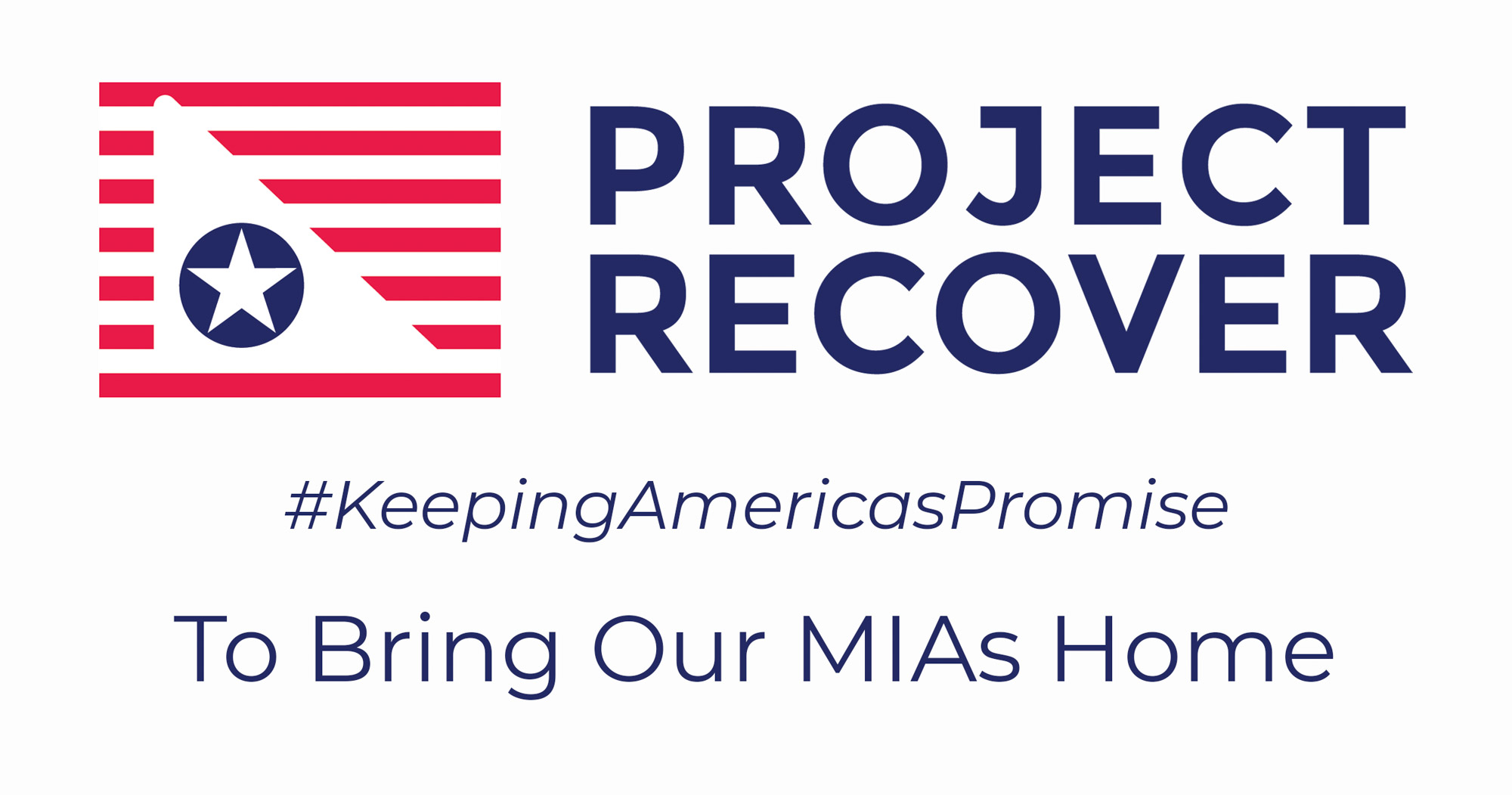
In March of 1944, it was clear that the war in the Pacific had turned in favor of the Allies and against the Japanese. The Allies largely controlled the southwest, a feat which they had accomplished by launching a two-pronged assault on Japan and hopping from one less-defended island to another. Now, they turned their sights toward removing Japanese forces from the central Pacific.
As islands in the Marshall and Mariana chains fell to US Army and Marines forces during the summer of ’44, Allied troops constructed airfields to prepare for air strikes on Japan. This led to the Mariana and Palau Islands campaigns, which helped recapture Guam and Tinian. Once captured, these islands were used by the United States military as they finally had mainland Japan within range of their American B-29 bombers.
The invasion of Peleliu in the Palau Islands began that fall. While the Japanese forces were beaten, their forces remained in Palau, and their anti-aircraft units did not let up on Allied forces. Many US veterans of the Palau campaign remembered the anti-aircraft fire as some of the worst in the Pacific theater. More aircraft were lost in the campaign, and while some airmen were rescued, others lost their lives, and some were shot down and declared MIA.
This led to the start of Project Recover in 1993, though it was known by another name: the BentProp Project. In August 1993, a team of divers, photographers, and historians converged on Palau to find and photo-document a Japanese trawler sunk on 25 July 1944. After their success, two of the original team set out to discover other wrecks in and around Palau, identifying the plane and, if possible, those who piloted the aircraft.
Out of this grew the goal of Project Recover. In a collaborative effort using 21st-century science and technology, the group works to find and repatriate Americans MIA since World War II to give them recognition and closure for families and the United States people. Their vision is to repatriate every single American service member who has not come home using research, searches, recoveries, and other methodologies available to them to provide closure, educate the public about the importance of serving one’s country, and offer unique educational opportunities in science, technology, history, leadership, public service and diplomacy to a committed student audience.
Since its founding as an educational and charity organization, Project Recover has repatriated over 17 MIAs and located more than 60 US World War II aircraft associated with more than 200 MIAs in missions worldwide with the help of the Defense POW/MIA Accounting Agency (DPAA). Together, these organizations have discovered more than 100 MIAs awaiting recovery as a result of Project Recover’s work. Project Recover now partners with the Scripps Institution of Oceanography, the University of California San Diego, and the University of Delaware. You can learn more about Project Recover’s mission and history on their website.
This Memorial Day, Mt. Soledad National Veterans Memorial is proud to partner with Project Recover. Our missions closely align. Both organizations believe in the importance of honoring and remembering those brave service members who sacrificed their lives for their country. Project Recover and Mt. Soledad National Veterans Memorial hope to achieve this through education surrounding the history and personal stories of those service members, while also encouraging and showcasing the importance of public service. Whether through the walls of Mt. Soledad’s memorial or the repatriation efforts of Project Recover, all veterans deserve to be recognized for their efforts.
As part of our Memorial Day ceremony this year, we will be honoring Navy Aviation Radioman 3rd class Walter “Uncle Bert” Mintus, one of the service members recovered by the organization. We are proud to partner with such an excellent organization that cares for the memories of service members as much as we do.